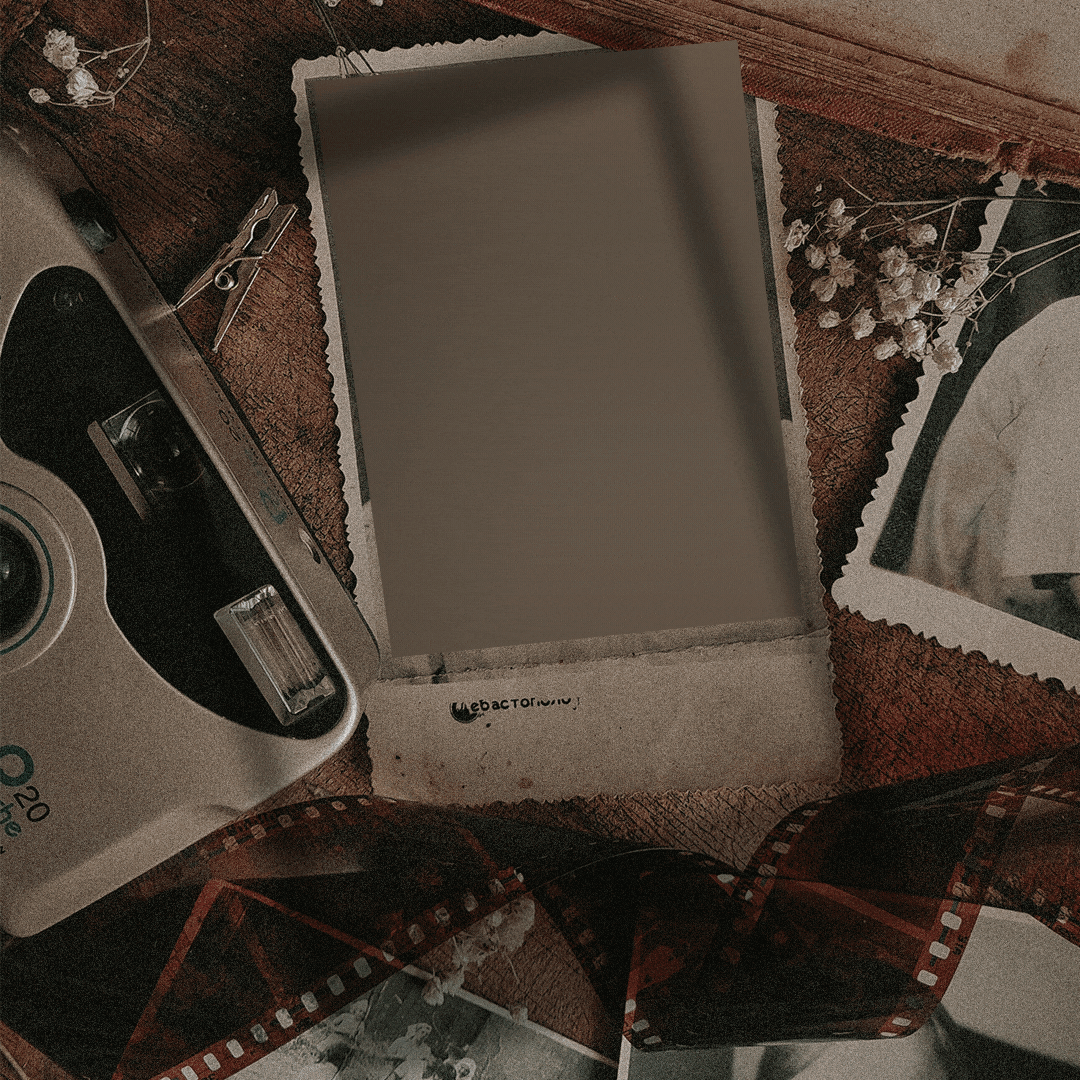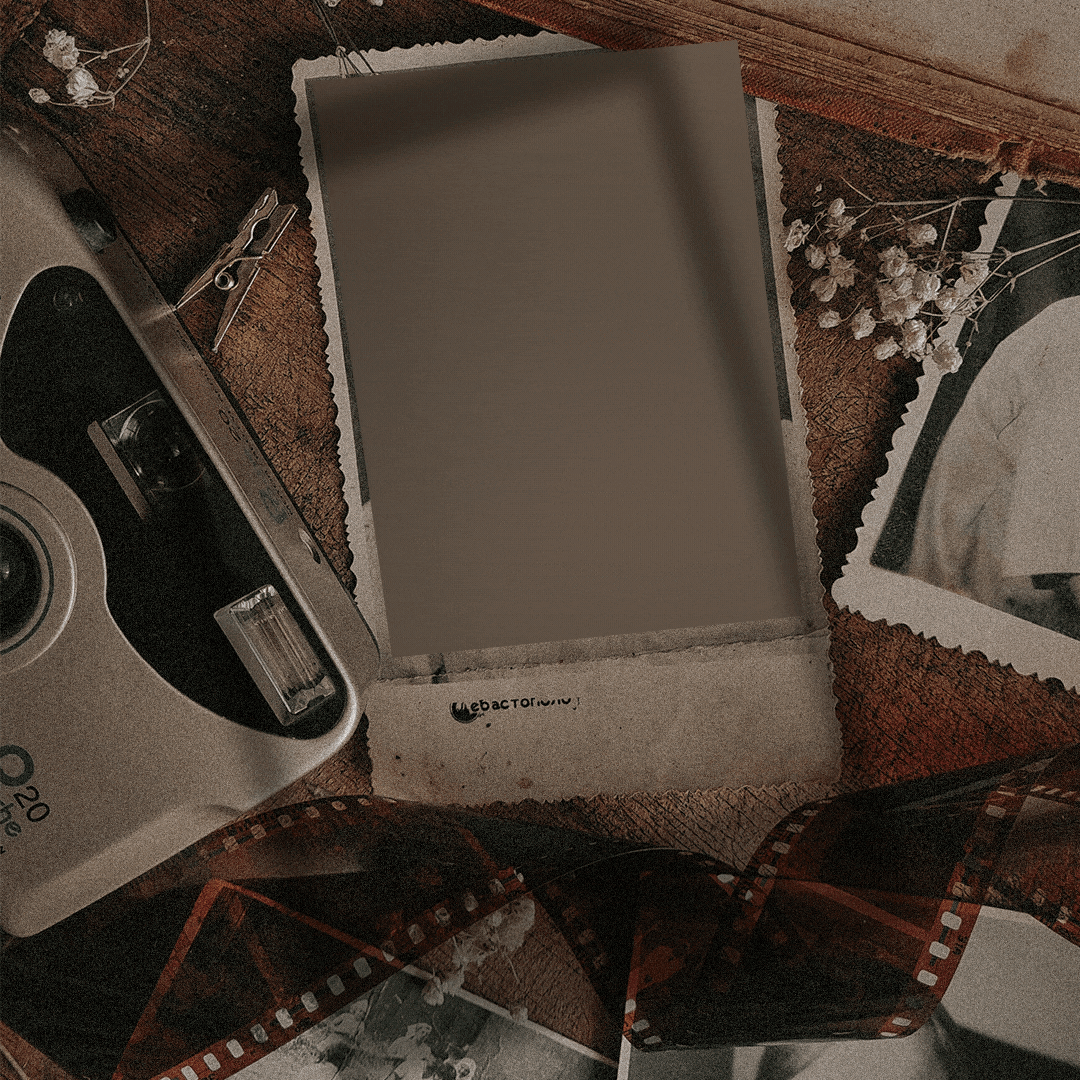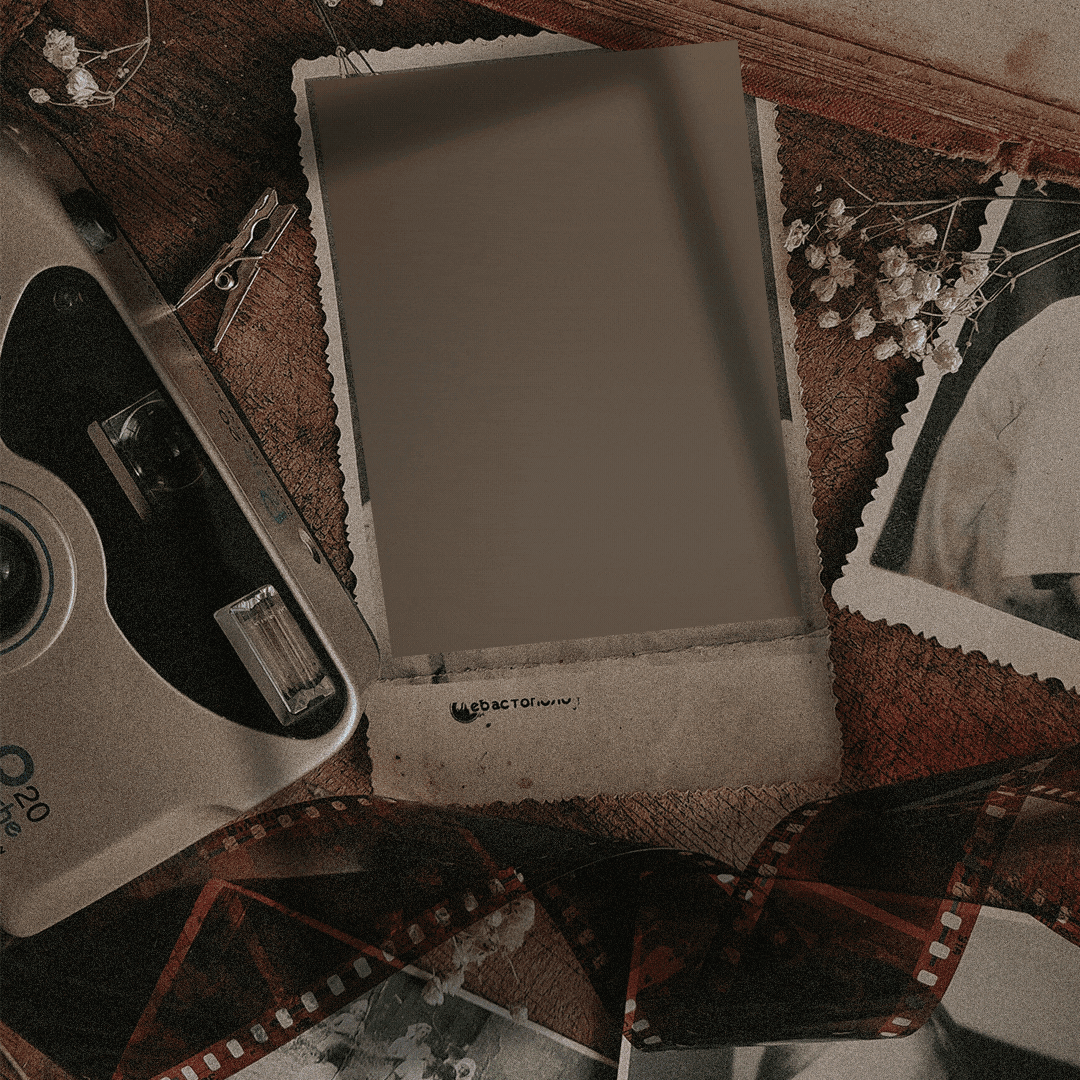Designer Profile 2022: Emily Lin
I had the opportunity to chat with Emily Lin, a new designer for the 2022 MODA Nouveau fashion show. We discussed her experience in DBC, the influence of meme culture on her three looks, the rise of subversive basics, and the contrast between the manmade and the natural.
On being a new designer:
Emily Lin, new designer for MODA Nouveau
I've always been interested in fashion, which is why I joined MODA my first year. I’ve done a lot of graphic design—that's why I joined the marketing team—and I have a lot of experience with creative projects. I do photography in my free time, I paint, stuff like that. For me, creating clothing has always been really intimidating.
My friend has a sewing machine, and because of COVID she was sewing masks. I gave it a try and I absolutely failed—it was horrible! I thought it would be exciting to create clothes, but I was also scared to do it without a lot of guidance. So, when I heard that MODA had this program, I was like, oh, this is kind of perfect, because it would give me the opportunity to learn from someone who's professional, and in a less intimidating way where there's also other people who are learning for the first time.
I think coming to UChicago exposed me to a lot of people that do so many different things and are so amazing. It kind of inspired me to try to do more cool things myself.
On Designer Bootcamp:
So, the structure of DBC is that it's a six, maybe seven week course. At the beginning you just learn how to use a sewing machine because there's so many different parts. We would learn different types of stitches—front stitching, backstitching, essentially the basics of construction.
The first week was really intimidating because a lot of things can go wrong in sewing. Usually it's really easy to fix after you've experienced it, but because I've never experienced it before, the first time things went wrong was always like, oh my god, why does like the front side of my piece look fine, but the backside looks like demonic? But we had an instructor there to help us fix things.
Gradually she let us use patterns—which is how you construct clothing most of the time, there's existing patterns and you modify them in order to create original designs. We made shorts first, then T-shirts, just worked through those things slowly to gain experience. After the program ended, we’re sent on our own but still have the instructor there to talk to about our designs, discussing what fabrics we were using, what patterns, and if they were suitable for what we’re envisioning. We were left in a good place.
“You’re seeing all of the good sides of people in terms of their work ethic, and it motivates you to think about how you’re doing things, your own process, and how you can modify it. ”
What is your favorite part of the design process?
There were many parts of it that were fun! Trying to create something that's original—the sketching part, for example—is really fun. As I was learning to sew, there was that learning curve that was kind of demotivating. I was scared that maybe I wouldn't learn in time for the show. But every time you finish a piece, the way that it all comes together is really satisfying.
You’re kind of constructing the clothing inside out during the process, so you can’t really tell sometimes what it’s going to look like on the outside—and usually it looks pretty janky on the inside. But once you flip it the right side you're like, oh my god, that's actually a pair of pants. And I think that's the most satisfying part.
Emily’s sketches for her three looks: gaslight, gatekeep, girlboss
On design inspiration:
I’m someone who needs a concrete direction to start. I have to have a set direction that I’m going in, and then I go for it. My interest in fashion started when I wrote a paper on Chanel—learning about her life story, and the way that she got to where she was as a brand. All of her pieces are very classic, very simple, and that was kind of what I was aiming for. But at the same time I wanted my pieces to be interesting and unique.
On TikTok I found a series talking about Independent Asian designers on the rise right now. For example, there’s one named Calvin Luo, and he has some really cool modern takes on classic staples like blazers. Gaining inspiration from those aspects of fashion is what inspired me to create my designs.
There’s this meme called gaslight, gatekeep, girlboss that I thought would be really funny to represent, to do one piece for each word. The more general theme is the corporate office. The aesthetic seems boring, and there's expectations as to how you're supposed to dress in that setting, especially for women. Skirts have to be a certain length, everything has to be a neutral color. The shape must be classic, nothing exciting. I was thinking that it would be interesting to add some details to the suits, or play around with other types of clothing that would make the styles more interesting—like creating an alternate universe where you could wear anything you wanted to the office. Nothing’s too specific yet, though. For the first one, when I was thinking gaslight I was thinking manipulative, soft, satin materials. Gatekeep is more aggressive in my mind—more dark clothing, string to tie garments together. Girlboss is a classic blazer look.
On moodboards and aesthetics:
I knew I needed to look at a lot of different styles of clothes and see what type I wanted to create. I found that subversive basics appealed to me, so I looked for a few brands that specialized in those and incorporated them into my moodboard. I love the strings, the frills, the way you can customize how you wear the piece.
As I was making my moodboard, Sahana—one of the design directors—was telling me that I should incorporate other aspects, other visuals aside from clothing so the directors could get a sense of the vibe I was going for. I took her advice and started thinking about the setting I was imagining my clothing to be worn in. YSL, for example, is classic—there was a show in Paris where lights were coming out of the ground, and the ambiance looked really amazing. That’s where the Eiffel Tower comes from.
There’s some accessories I thought looked cool as well, along with boots constructed in cool ways. Margiela has really interesting shoes, the style, the metallic, it feels edgy yet feminine. In terms of makeup, I was thinking of something more ethereal. The ones that I chose for the moodboard have blossoms and butterflies, and when you think about the corporate setting, you imagine glass, concrete, something human-constructed. I want to create the juxtaposition between the manmade and the natural.
Emily’s Moodboard
What are you looking forward to most about the show?
This is my first in person show. Last year I modelled for the show virtually, so online was my main experience. It was super, super fun to dress up and take pictures and all of that. Even though I'm not under the spotlight this time, I think that it's going to be more rewarding to see my creation on the runway. I'm most excited for people to see what I've been working on, because like sewing takes so much time. I probably spent like 10 hours on a pair of pants, and it seems so simple, but it’s much harder than it looks. Having people see that is what's keeping me excited and keeping me going.
What was your experience like with other designers?
At the beginning of DBC we saw each other designs, and it was really, really eye opening. The design directors did a great job of choosing people with different styles of designing—people brought different cultural influences to the table, and so many different potential techniques. All of the possibilities within each person designs were really fascinating, and obviously we were all learning together, so it was motivating to see what others were doing. If someone finishes faster than you, then you're like, oh, maybe I can go faster too. But there's some people that go at a much slower pace, and they’re more precise in the way that they stitch. You're kind of seeing all of the good sides of people in terms of their work ethic, and it motivates you to think about how you're doing things and your own process and how you can modify it.
A fun part was seeing which fabrics people were buying, because we went on a trip together to look. People got really interesting stuff, like faux leather, vinyl, materials like that. We mostly work on designing in our own free time, so we don’t run into each other often because everyone’s schedules are so busy, but occasionally you'll be in the costume shop and you'll see someone else and it'll just be a good time. Fabric shopping was so overwhelming because there's this discount outlet for textiles in Pilsen, it’s this humongous warehouse—probably like, two times the size of Costco. It’s huge!
What advice would you give for someone who’s interested in designing next year?
You should just do it. You should apply. I was a little intimidated—I may be an artistic person in general, but sewing is different, it’s manual construction which isn’t my strong suit. It’s not something intuitive, but it’s so fun. Once you get good at something you’ve been wanting to be good at, it’s so rewarding. Learning to sew is practical too, you cane make anything and use it later on. You meet a really amazing group of people who are just as creative, and especially if you haven’t had any exposure to MODA yet, this is a great way to do it. Your work gets so much visibility and the credit it deserves for your efforts.
The Blog creates amazing content, as well as the Magazine, and this is a time where all the branches come together to collaborate in ways we don’t see often. It’s an irreplaceable experience that everyone should go for if they’re thinking about it.
Images courtesy of Emily Lin. See her designs at MODA Nouveau on May 6th, 2022.









